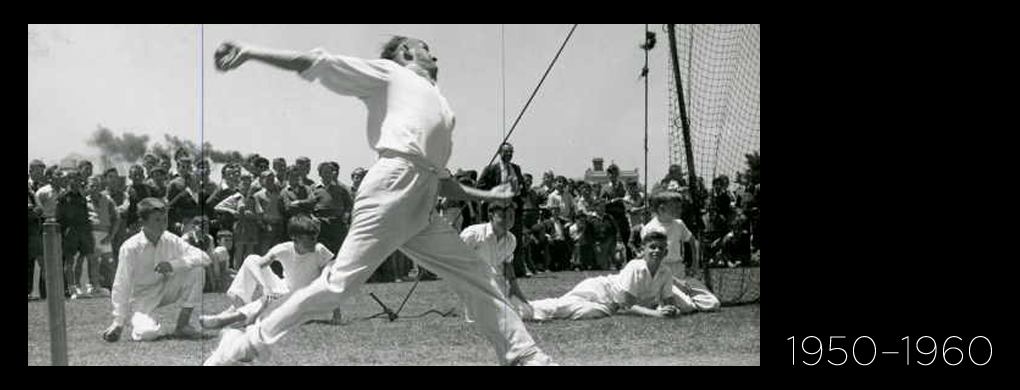Melbourne Polytechnic in the 1950s

Despite cows only being banned from the City of Preston area as late as 1954, the region recorded phenomenal growth during the post-war period as ex-servicemen returned to the workforce and sought to settle their families in new, affordable housing made all the more accessible by mass car production. The area was also a destination for newly arrived migrants, mostly from the UK and southern Europe.
Consequently, demands on facilities and services in Preston (including education) outstripped supply and by 1951 Preston Tech was the biggest public technical school in Victoria. The school struggled to cope with the demand and had to occupy temporary, off-campus, facilities like the ‘Gowerville Unit’ on Bell Street while also constructing new buildings in Jesse Street for the junior boys section.
The biggest change at Preston Tech during this decade was the commencement of technical education for girls. Despite numerous requests for the establishment of a girls section since the late 1940s, the school didn’t commence classes for girls until 1956, using a temporary site at a local primary school. A newly constructed, permanent facility for girls opened in Cramer Street in 1958 with an initial enrolment of around 500.
As Preston grew, so did its reputation for providing far more than just practical technical skills – the school offered students a fully rounded education and boasted numerous sporting teams, a drama club, a band and even an air cadet training corps. Around this time Preston also began to produce some famous alumni including VFL great, Ron Barassi, and test cricketer, Bill Lawry, who both attended Preston in the late ‘40s and early ‘50s.
Student Enrolments
By 1959 Collingwood Technical School had approximately 764 Secondary enrolments and 2661 post-secondary.
In 1953 CSIRO scientists invented the first solar hot water service. By 2012 NMIT is an established provider of renewable technology training including Certificate III and IV in Renewable Energy.
The Institute’s Green Skills Centre of Excellence (Epping campus) provides a purpose-built facility for training in environmentally sustainable practices across a wide selection of industries.
The TV age
1956: Television began in Australia. By 2012 NMIT has a state-of-the-art Television Broadcast training facility at its Collingwood campus where Screen and Media students work in HD Broadcast production studios equipped with the latest digital editing hardware and software.
Growing staff numbers
By the mid-1950s Preston Technical School had approximately 71 staff for approximately 850 students. In 2012 NMIT has approximately 1721 ongoing, contract and casual staff catering to around 44,000 enrolments, seven campuses and six training centres within Victoria.